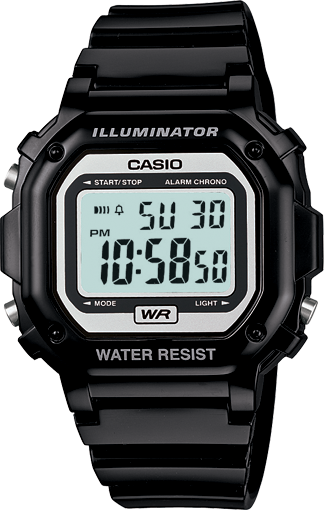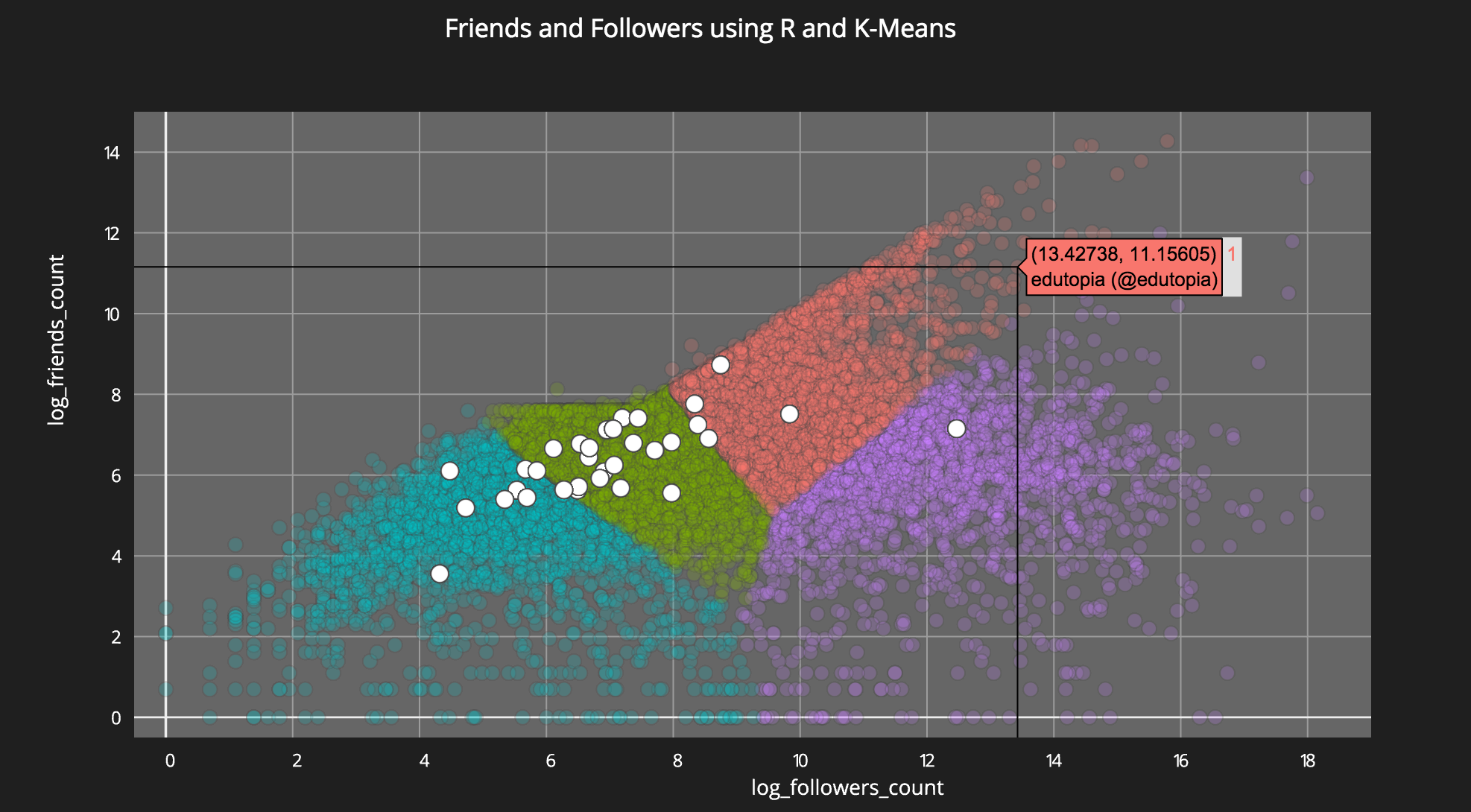by David Lillis, Ph.D.
Today we see how to set up multiple graphs on the same page. We use the syntax par(mfrow=(A,B))
. . . where A refers to the number of rows and B to the number of columns (and where each cell will hold a single graph). This syntax sets up a plotting environment of A rows and B columns.
Here, we'll describe how to create quantile-quantile plots in R. QQ plot (or quantile-quantile plot) draws the correlation between a given sample and the normal distribution. A 45-degree reference line is also plotted. QQ plots are used to visually check the normality of the data. Plot number: Block:R Sector 4 DHA Rahbar 11 We offer you to grab opportunity to live quality life. Added: 2 weeks ago. DHA 11 Rahbar Phase 4 - Block R, DHA 11 Rahbar Phase 4. 5 Marla Top Location Plot For Sale. In R block Is Available For Sale DHA RAHBAR. A plot or image output element that can be included in a panel. The arguments clickId and hoverId only work for R base graphics (see the graphics package). They do not work for grid-based graphics, such as ggplot2, lattice, and so on. Interactive plots. Plots and images in Shiny support mouse-based interaction, via clicking, double-clicking, hovering, and brushing. A bubble plot is a scatter plot with a third numeric variable mapped to circle size. This page describes several methods to build one with R. A bubble chart is a scatterplot. Building AI apps or dashboards in R? Deploy them to Dash Enterprise for hyper-scalability and pixel-perfect aesthetic. 10% of the Fortune 500 uses Dash Enterprise to productionize AI & data science apps.
Plot 4 Lines In R

First we create four vectors, all of the same length.
X <- c(1, 2, 3, 4, 5, 6, 7)
Y1 <- c(2, 4, 5, 7, 12, 14, 16)
Y2 <- c(3, 6, 7, 8, 9, 11, 12)
Y3 <- c(1, 7, 3, 2, 2, 7, 9)
Now we set up a plotting environment of two rows and three columns (in order to hold six graphs), using par(mfrow())
par(mfrow=c(2,3))
Now we plot six graphs on the same plotting environment. We use the plot() command six times in succession, each time graphing one of the Y vectors against the X vector.
plot(X,Y1, pch = 1)
plot(X,Y2, pch = 2)
plot(X,Y3, pch = 3)
plot(X,Y1, pch = 4)
plot(X,Y2, pch = 15)
plot(X,Y3, pch = 16)

Out plot looks like this:
To see more of the R is Not So Hard! tutorial series, visit our R Resource page.
About the Author:David Lillis has taught R to many researchers and statisticians. His company, Sigma Statistics and Research Limited, provides both on-line instruction and face-to-face workshops on R, and coding services in R. David holds a doctorate in applied statistics.

First we create four vectors, all of the same length.
X <- c(1, 2, 3, 4, 5, 6, 7)
Y1 <- c(2, 4, 5, 7, 12, 14, 16)
Y2 <- c(3, 6, 7, 8, 9, 11, 12)
Y3 <- c(1, 7, 3, 2, 2, 7, 9)
Now we set up a plotting environment of two rows and three columns (in order to hold six graphs), using par(mfrow())
par(mfrow=c(2,3))
Now we plot six graphs on the same plotting environment. We use the plot() command six times in succession, each time graphing one of the Y vectors against the X vector.
plot(X,Y1, pch = 1)
plot(X,Y2, pch = 2)
plot(X,Y3, pch = 3)
plot(X,Y1, pch = 4)
plot(X,Y2, pch = 15)
plot(X,Y3, pch = 16)
Out plot looks like this:
To see more of the R is Not So Hard! tutorial series, visit our R Resource page.
About the Author:David Lillis has taught R to many researchers and statisticians. His company, Sigma Statistics and Research Limited, provides both on-line instruction and face-to-face workshops on R, and coding services in R. David holds a doctorate in applied statistics.
Residual plots are often used to assess whether or not the residuals in a regression analysis are normally distributed and whether or not they exhibit heteroscedasticity.
This tutorial explains how to create residual plots for a regression model in R.
Example: Residual Plots in R
In this example we will fit a regression model using the built-in R dataset mtcars and then produce three different residual plots to analyze the residuals.
Step 1: Fit regression model.
First, we will fit a regression model using mpg as the response variable and disp and hp as explanatory variables:
Step 2: Produce residual vs. fitted plot.
Next, we will produce a residual vs. fitted plot, which is helpful for visually detecting heteroscedasticity – e.g. a systematic change in the spread of residuals over a range of values.
The x-axis displays the fitted values and the y-axis displays the residuals. From the plot we can see that the spread of the residuals tends to be higher for higher fitted values, but it doesn't look serious enough that we would need to make any changes to the model.
4 Diagnostic Plots In R
Step 3: Produce a Q-Q plot.
We can also produce a Q-Q plot, which is useful for determining if the residuals follow a normal distribution. If the data values in the plot fall along a roughly straight line at a 45-degree angle, then the data is normally distributed.
We can see that the residuals tend to stray from the line quite a bit near the tails, which could indicate that they're not normally distributed.
Step 4: Produce a density plot.
We can also produce a density plot, which is also useful for visually checking whether or not the residuals are normally distributed. If the plot is roughly bell-shaped, then the residuals likely follow a normal distribution.
We can see that the density plot roughly follows a bell shape, although it is slightly skewed to the right. Depending on the type of study, a researcher may or may not decide to perform a transformation on the data to ensure that the residuals are more normally distributed.

